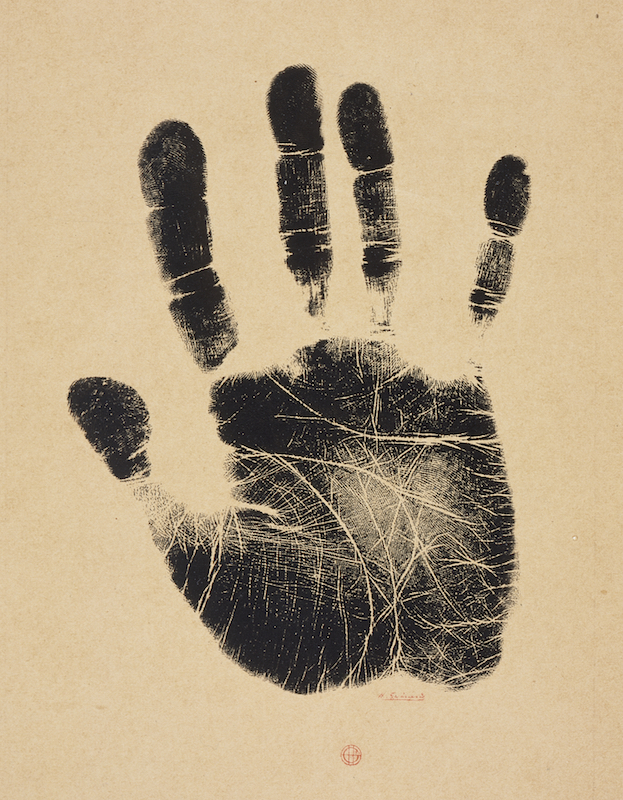
Blackness is associated with elegance and formality (black tie), the unknown and mystery (black holes). In the Middle Ages, black became the color of ignorance, evil, and danger. But by the mid-20th century, black had begun to take on more affirmative connotations: a source of power and warmth, fecundity and life. How has the meaning of blackness changed over time? What role does it play in how we talk and think about art, race, and morality? As the Getty Museum presents “Noir: The Romance of Black in 19th-Century French Drawings and Prints,” John Harvey, Cambridge Life Fellow and author of The Story of Black, Harvard University art historian Sarah Lewis, and Katrin Trautwein, founder of paint manufacturer kt.COLOR and author of The Color Black, visit Zócalo to discuss a color that evokes a complicated set of emotions and associations.
Image: My Guilty Hand, Henri Guérard, before 1888. Los Angeles County Museum of Art, Graphic Arts Council Fund.
The Takeaway
A Color That Is Anything but Neutral
From Puritan Industrialists to Pro-Slavery Propaganda, Black Has Accumulated Contradictory and Controversial Associations
Black may be a color, but it’s not just a color. Panelists at a lively Zócalo/Getty “Open Art” event at the Getty Museum explored the hue’s often contradictory and controversial …







